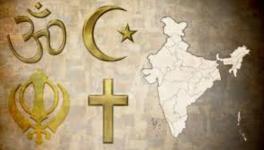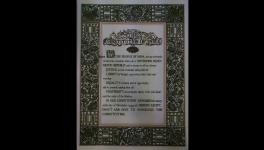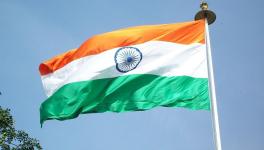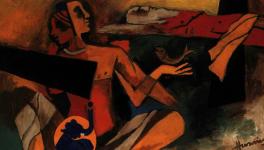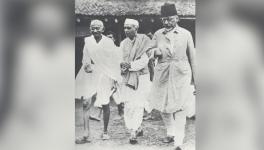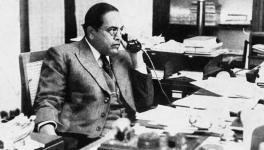Then They Came For…
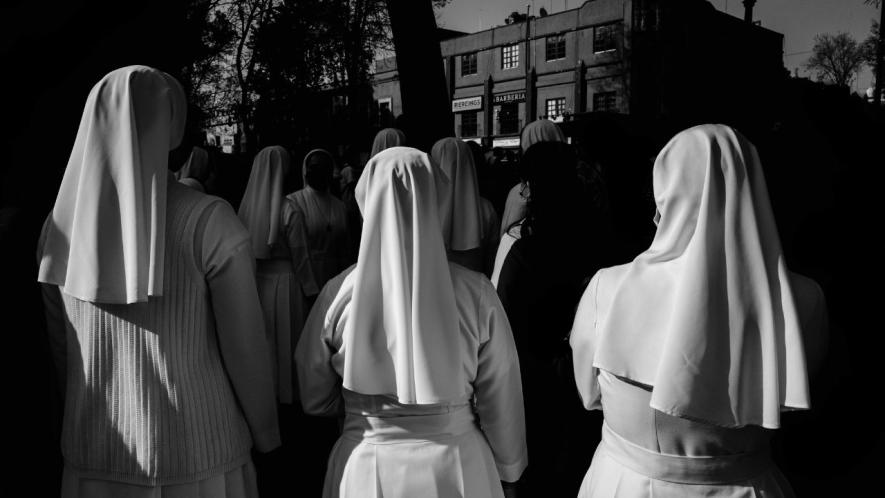
Representational Image. Image Courtesy: Pexels
A couple of days ago (July 26, 2025), two Christian nuns were detained at Durg station in Chhattisgarh. The charges put against them were serious, while the matter was simple that they were accompanying three women who wanted to be trained as professional nurses. An all-party delegation with Brinda Karat of the Communist Party of India (Marxist) was not permitted to meet them easily. The charges against them related to human trafficking and conversion. While the Chief Minister of the state sticks to human trafficking charges and attempted conversion, the parents of the women said they had permitted them to go for better job options.
This intimidation of Christians on one pretext or another has seen the rise during the past 11 years and is seen more in Bharatiya Janata Party (BJP) ruled states. Various reports from local and global agencies list the increasing harassment of Christians in India. Prayer meetings are attacked on the pretext that meetings are being organised for conversions. Pastors and nuns in remote areas are susceptible to increased chances of being beaten up and harassed on one or the other ground. Bajrang Dal activists are hyperactive in taking direct action against hapless pastors and nuns in the far-off areas.
Another issue has come up -- the burial of Christians. They are being denied burial in the shared or adivasi burial areas. For example, on April 26, 2024, in Chhattisgarh, a 65-year-old Christian man died in a hospital. His grieving family faced further distress when local religious extremists blocked them from burying him in the village and demanded their “reconversion” to Hinduism. The family conducted the burial according to Christian customs under the protection of about 500 police officers, ensuring peace in the village.
“Every day we have four or five attacks on churches and pastors, and every Sunday it doubles to roughly 10 – this we have never seen before” said a persecuted Christian leader of a major denomination in 2023. As per him the main source of Christian persecution in India are the Sangh Parivar, an organisation of Hindu extremists that include the influential paramilitary and strategic group known as the RSS (Rashtriya Swayamsevak Sangh), the BJP, the main political party and Bajrang Dal, a Far Right Hindutva youth outfit.
Some major organisations, Open Doors at global level, and Persecution Relief at Indian level, are doing valuable work in monitoring these atrocities as generally the media, print and TV, is either silent on these issues or presents the truth in a negative way.
Persecution Relief, in its 2020 report, points out that, “Hate crimes against Christians in India have risen by an alarming 40.87 percent…That increase came despite a complete nationwide lockdown that lasted three months to stem the spread of covid-19 infections.” As per Open Doors, a global organisation keeping watch on global persecution of Christians, India ranks 11, in countries of special concerns (2024).
Sudhi Selvaraj and Kenneth Neilson argue very aptly, “This (anti-Christian) violence is…characterized by a strong convergence of direct, structural, and cultural forms of violence, involving vigilante attacks and police complicity, but also an increasingly coercive use of state law, coupled with the production of a wider cultural common sense about the anti national essence of non-Hindu religious minorities.”
The total picture of rise in anti-Christian violence in diverse forms becomes clear over the past few decades. It is not that this violence started recently. It has mostly remained as an undercurrent in life in remote areas. While anti-Muslim violence has a long history and its manifestation very ghastly at many times. It has drawn huge attention. Anti-Christian violence is different in that except the burning of Pastor Graham Staines and the Kandhamal violence in Odisha, it has been going on but is not easily noticeable.
As such, the first major incident was the brutal hacking of Rani Maria in Indore in 1995. This was followed by the killing of Graham Staines in 1999. He was an Australian missionary working in Keonjhar in Orissa. His work was related to leprosy patients. He was accused of conversion activities. The attack against him was led by Bajrang Dal’s Dara Singh, who instigated people to attack him. This attack was horrific, as he along with his two minor sons, Timothy and Philip, were burnt alive when they were sleeping in a jeep.
The attack was labelled as belonging to ‘worlds inventory of black deeds’ by the then President of India K.R. Narayanan. The National Democratic Alliance-BJP government at that time was led by Atal Bihari Vajpayee. They concluded that this was a conspiracy by foreign powers to defame the government. Later, the Wadhwa Commission came out with a report that Rajendra Pal aka Dara Singh of Bajrang Dal was the main conspirator. He is currently undergoing life imprisonment.
Prior to this, the Vanvasi Kalyan Ashrams set up by RSS had been propagating that Christian missionaries were making a show of work for education and health. The main ashrams were set up in Dangs (Gujarat) Jhabua and in Kandhamal (Odisha) where the likes of Swami Aseemanand and Swami Laxmananand started spreading their propaganda. Meanwhile, many Shabri Kumbhas were organised to win over adivasis to Hindu cultural-religious symbols.
In adivasi areas, Shabri, a sign of destitution, was promoted as a goddess. At the same time, Lord Hanuman was propagated for his loyalty to Lord Ram. This religio-cultural endeavour also led to setting up of temples for these two deities. In the din of this propaganda, what is forgotten is that Christianity is a very old religion in India, with St. Thomas setting up a church on Malabar Coast in AD 52.
After nearly two centuries of their work, today the percentage of Christians stands at 2.3%. Interestingly, in 1971, the percentage of Christians was 2.6% and today it stands at 2.3% (as per Census 2011 figures) while the propaganda machinery is doing its work and spreading propaganda that Chistian missionaries are converting by force, fraud and allurement. Many states have also come up with anti-conversion laws, which are increasing the intimidation of missionary workers.
M S Golwalkar, the second sarsanghchalak of RSS, had written in his book, Bunch of Thoughts, that Muslims, Christians and communists are the internal threats to a Hindu nation. So, after the obvious anti-Muslim violence, their anti-Christian agenda is becoming more apparent!
The writer is a human rights defender and a former professor at the Indian Institute of Technology, Bombay. The views are personal.
Get the latest reports & analysis with people's perspective on Protests, movements & deep analytical videos, discussions of the current affairs in your Telegram app. Subscribe to NewsClick's Telegram channel & get Real-Time updates on stories, as they get published on our website.









